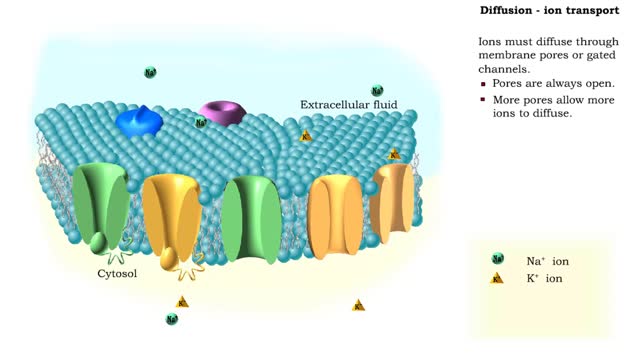Pores and Ion Channels
By: HWC
Date Uploaded: 04/23/2020
Tags: homeworkclinic.com Homework Clinic HWC pores and channels passive transporter OmpF porin trimeric porin hydrophobic residues hydrophilic residues PhoE s. lividans gramicidin
Transmembrane channels, also called membrane channels, are pores within a lipid bilayer. The channels can be formed by protein complexes that run across the membrane or by peptides. They may cross the cell membrane, connecting the cytosol, or cytoplasm, to the extracellular matrix. Membrane pores are converting from a form that is soluble in aqueous solution to one that is inserted into a membrane. Therefore, they must adopt two different structures with one converting into the other during membrane attack. Porins are beta barrel proteins that cross a cellular membrane and act as a pore, through which molecules can diffuse. Unlike other membrane transport proteins, porins are large enough to allow passive diffusion, i.e., they act as channels that are specific to different types of molecules. Solute selectivity of a porin is determined by: • amino acid side chains • size of the opening Gramicidin is a heterogeneous mixture of six antibiotic peptides obtained from the soil bacterium Bacillus brevis. Gated channels are signalled to open by: • ligand binding to transporter • changes in membrane potential • changes in pH • covalent modifications
Add To
You must login to add videos to your playlists.
Advertisement












Comments
0 Comments total
Sign In to post comments.
No comments have been posted for this video yet.